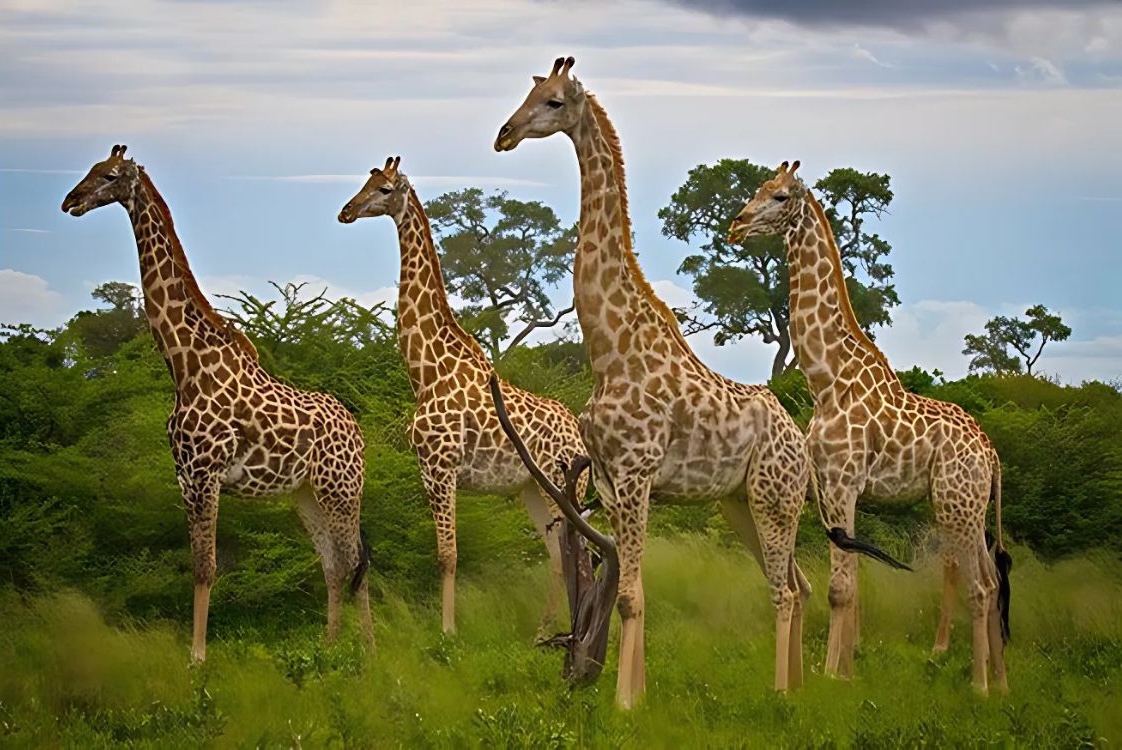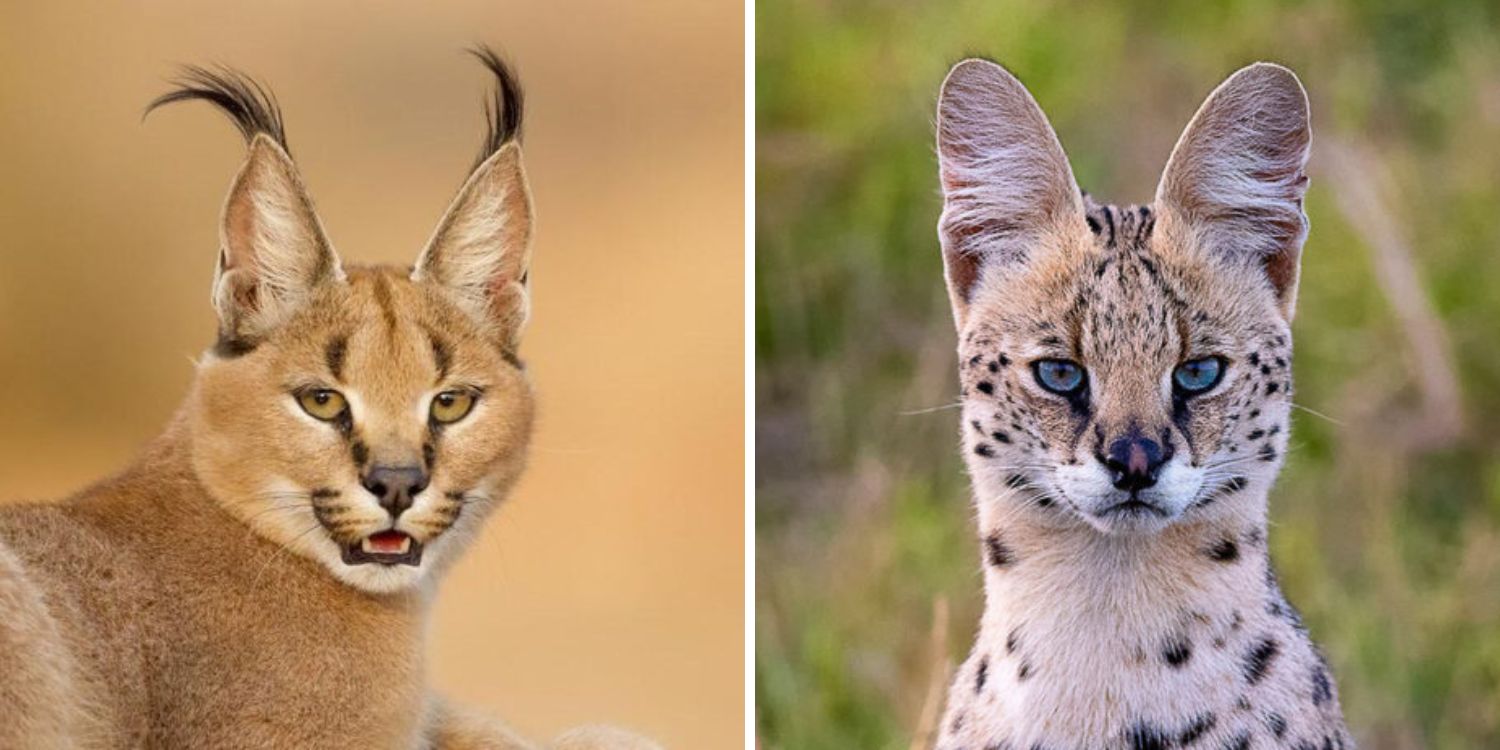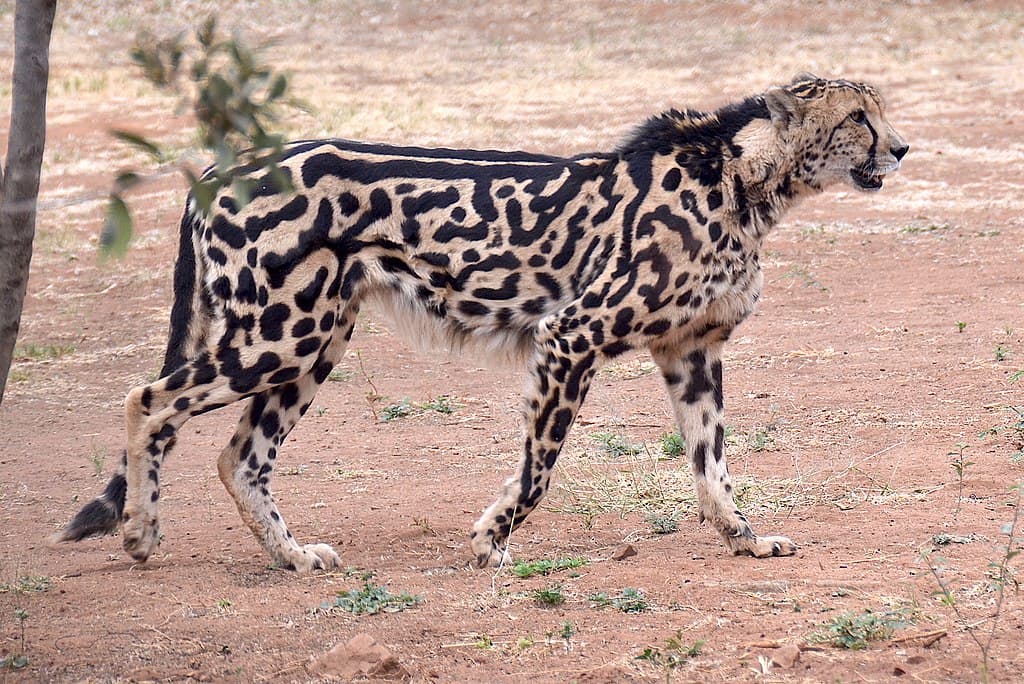
The Tufted Deer: A Tiny Dancer of the Forest Floor
Deep within the dense forests of East Asia, a miniature marvel thrives – the Tufted deer (Elaphodus cephalophus). This petite herbivore, with its distinctive black tuft of fur on its forehead and fang-like canines in the males, is a captivating creature that embodies the beauty and fragility of the forest ecosystem.
Small in Stature, Big in Personality
The Tufted deer is the smallest deer species in mainland Asia, standing only about 18-22 inches (45-55 cm) at the shoulder and weighing a mere 30-50 pounds (13-23 kg). Despite their size, they are agile and adaptable, navigating the dense undergrowth of their forest homes with impressive dexterity. Their large, expressive eyes and long eyelashes add to their endearing charm.
Fangs?
Perhaps the most striking feature of this deer is the fang-like canines in the males of the species. These can grow up to 2.6 cm (1.0 in) long or even longer in rare cases. Like antlers in other deer, deer fangs are mostly used as weapons by competing males vying for territories and access to breeding females.
A Coat of Camouflage: A Master of Disguise
The Tufted deer’s coat is a masterpiece of camouflage. A rich reddish-brown base is punctuated by white spots, creating a dappled pattern that blends seamlessly with the sunlight filtering through the forest canopy. This natural camouflage provides excellent protection from predators like tigers, leopards, and wild dogs.
A Life of Solitude: Except During Mating Season
Tufted deer are primarily solitary creatures, preferring to spend their days foraging for leaves, fruits, and other plant material. They are most active at dawn and dusk, venturing out to feed when the forest is quieter. Mating season, however, brings a temporary change. Males compete for mates through vocalizations and scent marking, and females raise their single fawn alone for several months.
A Cause for Concern: Threats to the Tiny Dancer
Sadly, the future of the Tufted deer is uncertain. Habitat loss due to deforestation and agricultural expansion is a major threat. Additionally, hunting and competition for food with introduced species can put pressure on their populations. The IUCN Red List classifies them as Vulnerable.
Conservation Efforts: Protecting a Forest Treasure
Protecting the Tufted deer requires a multi-pronged approach. Conservation efforts focus on habitat protection, promoting sustainable forestry practices, and raising awareness about the importance of these miniature forest dwellers. Educating local communities about the ecological role of Tufted deer is also crucial for their long-term survival.
The Tufted Deer: A Symbol of Forest Health
The Tufted deer is more than just a cute forest creature. They are an indicator species, meaning their presence reflects the health of the forest ecosystem. By appreciating their unique adaptations, the challenges they face, and ongoing conservation efforts, we can work towards ensuring these tiny dancers continue to grace the forest floor for generations to come.
More photos below ↓












